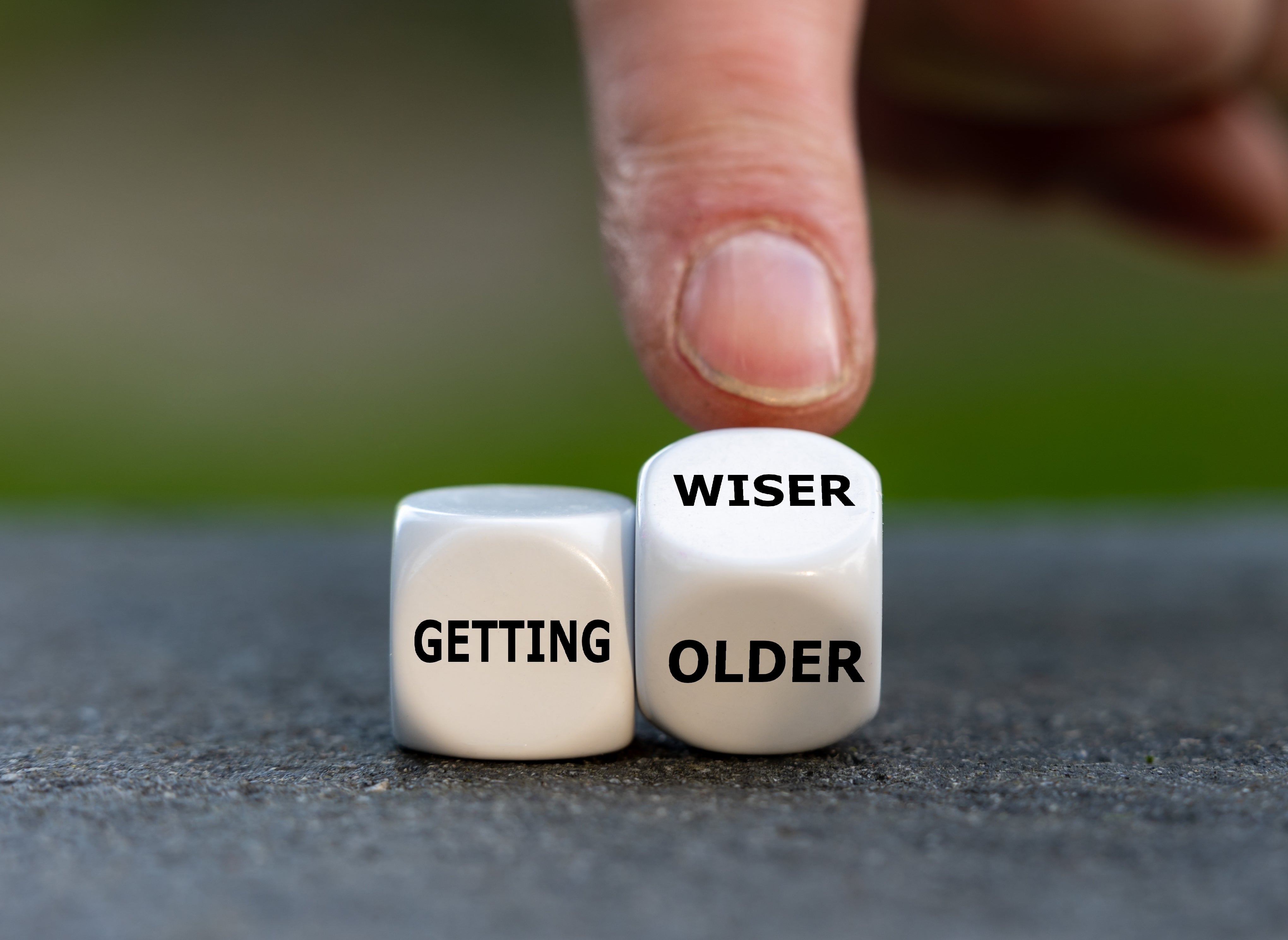Imagine how much fuel you'd burn if you never turned your car off and left the engine to idle continuously? Well, it's the same with your body when your immune system is constantly revved up in the background fighting a battle that never seems to end. You burn a lot of extra energy to keep it - and your body's daily processes - running. It would be a tug of war as to which bit of your body gets the most energy if the immune system wasn't king in the hierarchy and very 'selfish'. The result being that the 'selfish immune system' wins out and the rest of you ends up under powered and 'tired all the time' (TATT).
As we know from the last blog, TATT is one of the most common reasons people visit their doctors. In this blog we want to take you back a step to understand how you can be so tired when you're not ill with symptoms that can be explained by a disease label.
Owing to their fundamental nature, the metabolic and immune systems were among the first systems to evolve in living creatures. This has made them completely symbiotic and inseparable when responding to challenge. Now keep in mind that challenges can be emotional or physical. Our immune systems, and in fact our brains, don't differentiate between an infection, the loss of a loved one, financial stress, lack of sleep or too much exercise. All of them register as stressors on the body and all of them trigger the immune system to act in defence. The important thing is not so much turning on the immune system, but turning it off.
Our regulatory mechanisms (neuroendocrine and immune systems) evolved to cope with short life-threatening challenges such as sepsis or wound healing, and short non-life-threatening episodes. But not to deal with the persistent chronic activation we see today. The use of old survival mechanisms to deal with modern challenges results in inflammatory symptoms that are 'borrowed' from the way we have always dealt with immune challenges throughout our evolution. This means that our survival reaction to financial and emotional stress, sickness and obesity, for instance, is the same now as it was when we were running from or fighting off a sabre-toothed tiger. It's just that when we survived the tiger, it was over, and the immune and neuroendocrine systems stood down allowing normal homeostasis (balance) to return.
In today's world, the stress is persistent, leading to chronic activation of the immune system, which diverts a huge amount of resources to assuage the heavy energy demand. It also creates low-grade inflammation (LGI), which disrupts your whole metabolism. Having moved from normal daily function where the 'selfish brain' is king with first dibs on energy resources, the selfish immune system now takes over. Organs and tissues not involved in direct survival are downgraded to only the most basic of functions and all available energy is diverted to the energy-expensive immune system. Creating what we recognise as sickness behaviour, of which TATT is a prime factor. This is all perfectly normal and healthy when it occurs for a very short period of time, but extended over weeks, months or years, creates an unhealthy situation as there just isn't enough energy to go round.


















































